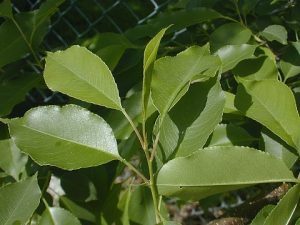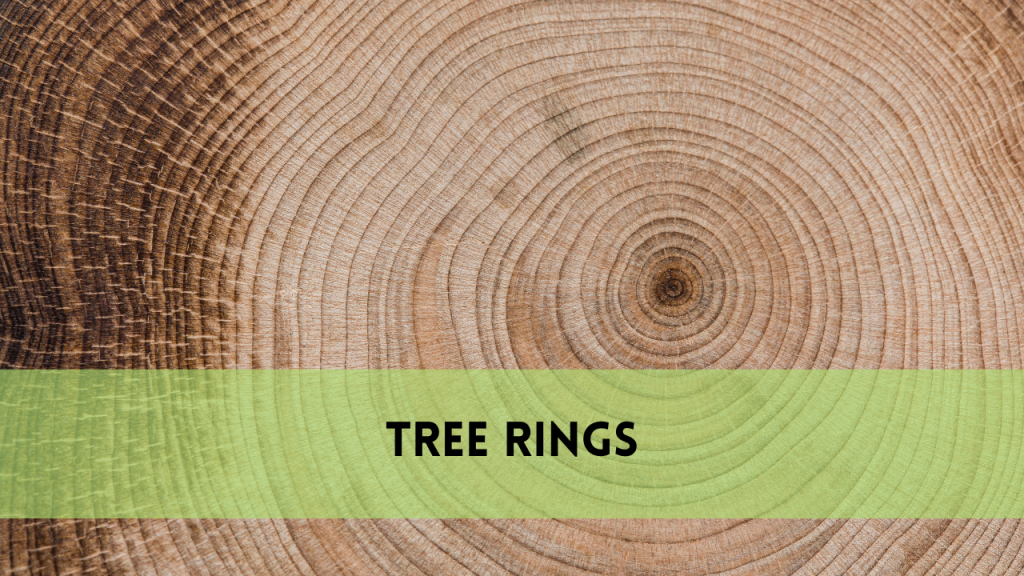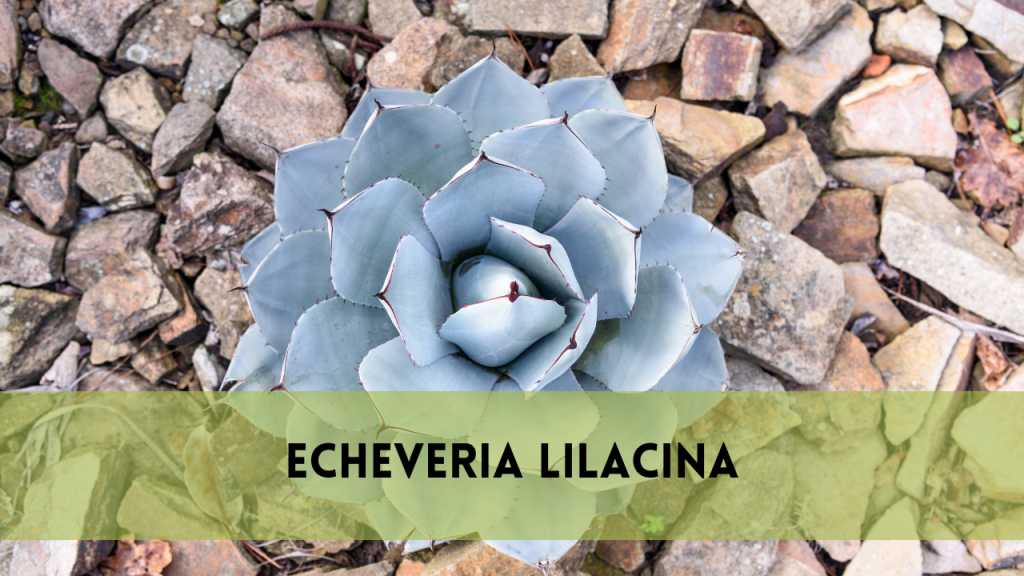Cherry Tree Leaf Identification
Cherry trees are celebrated not just for their gorgeous blossoms but also for the beauty and vitality of their leaves. In this detailed tutorial, we will delve into the complicated world of cherry tree leaves, revealing the keys to maintaining their health and brightness. Arborists and amateurs alike will learn vital insights into caring for these famous plants, from understanding the anatomy and functions of cherry tree leaves to recognizing and addressing frequent issues. We hope to provide readers with the knowledge and resources they need to preserve the durability and splendor of cherry tree leaves by digging into themes like pruning strategies, insect management, and preventive care. Join us on a voyage into the enchanting land of cherry tree leaves, each leaf telling a tale
Cherry Tree Leaf
Understanding Cherry Tree Leaves
Cherry tree leaves are essential to the tree’s general health and vitality, acting as the major location for photosynthesis, gas exchange, and water control. Understanding the morphology and functions of cherry tree leaves is critical for both arborists and enthusiasts seeking to ensure proper care and upkeep.

Cherry tree leaves include multiple critical components, including the blade, petiole, veins, and stomata. The blade, or lamina, is the flattened section of the leaf that captures sunlight and performs photosynthesis. The petiole joins the leaf blade to the tree limb, supporting it and allowing nutrient transmission. Veins in the leaf move water, minerals, and carbohydrates throughout the plant, while stomata control gas exchange by allowing carbon dioxide to enter and oxygen to escape the leaf.
Understanding the unique structure and functions of cherry tree leaves allows arborists to efficiently diagnose and solve leaf-related concerns, assuring the trees’ sustained health and vitality.
Identifying Common Cherry Tree Leaf Problems
Identifying common cherry tree leaf problems is critical for preserving the tree’s overall health and appearance. Cherry tree leaves can be affected by a variety of factors, including fungal infections, pest infestations, and environmental stressors.
One typical issue is cherry leaf spot, a fungal disease that causes dark, circular lesions on the leaves. Cherry leaf curl is another fungal infection that causes the leaves to become twisted and curl upwards. Furthermore, cherry leaf blight causes brown patches and leaf discoloration, typically leading to premature leaf drop.
Pest infestations, such as aphids and caterpillars, can also damage cherry tree leaves by feeding on the foliage and defoliating it.
Drought, food deficits, and severe temperatures can all worsen leaf problems and deteriorate the tree’s health.
Arborists may apply effective treatment tactics to safeguard cherry trees while also preserving their beauty and health by quickly recognizing and resolving frequent leaf concerns.
Preventing and Managing Cherry Tree Leaf Issues
Preventing and treating cherry tree leaf concerns is critical to the health and appearance of these valued trees. Several techniques can assist arborists in properly protecting cherry trees from frequent leaf problems.
Cultural behaviors have a considerable impact on leaf health management. Proper irrigation is essential to avoid water stress, as both under and over-watering can impair the tree’s defenses against leaf diseases. Pruning and thinning branches can also help reduce humidity and the risk of fungal infections. Chemical treatments can also help manage leaf concerns. Fungicides can be used to prevent fungal infections such as cherry leaf spot and blight. When utilizing chemical solutions, it is critical to closely observe product instructions and consider the environmental impact.
Regular monitoring and early discovery of leaf problems are essential for efficient management. Arborists may solve issues quickly and protect the health and beauty of cherry trees for many years by remaining watchful and proactive.
Pruning and Maintenance Tips for Cherry Tree Leaves
Pruning and upkeep are critical components of caring for cherry tree leaves to preserve their health and attractiveness. Proper pruning techniques can enhance air circulation, sunlight penetration, and overall tree structure, all of which are important for preventing leaf diseases and supporting healthy growth.
When pruning cherry trees, remove any dead, damaged, or diseased branches to prevent diseases from spreading. Furthermore, reducing the canopy can reduce congestion and improve light penetration, boosting photosynthesis and fostering healthy leaf growth. Regular maintenance techniques like mulching and fertilizing can also help cherry tree leaves. Apply a layer of organic mulch around the tree’s base to help retain moisture, control soil temperature, and prevent weed growth. In early spring, fertilize cherry trees with a balanced fertilizer to supply critical nutrients for leaf development.
By incorporating these pruning and maintenance methods into your daily routine, you can help keep cherry tree leaves vibrant, healthy, and resistant to typical problems like disease and environmental stressors.
Related Posts:
Why do cherry tree leaves become yellow?
Cherry tree leaves can turn yellow owing to a variety of circumstances, such as environmental stress, nutrient deficits, pests, illnesses, or poor care.
Environmental stress: Drought, severe heat, and waterlogging can all cause stress in cherry trees. Stress might impair the tree’s capacity to photosynthesize effectively, causing yellowing leaves.
Nutritional deficiencies: Yellowing leaves may indicate nutrient deficiency, such as nitrogen, iron, and magnesium. A lack of these nutrients might hamper chlorophyll synthesis and result in leaf discoloration.
Pests: Aphids, spider mites, and cherry leaf spot can all feast on the leaves, impede nutrition intake, and produce yellowing.
Diseases: Fungal infections, such as cherry leaf spot, or bacterial infections can cause yellow patches or blotches on cherry tree leaves, eventually leading to widespread yellowing and premature leaf drop.
Improper Care: Cherry trees can be stressed by improper watering, pruning, or soil management procedures, resulting in yellowing leaves.
FAQS
How often should I water my cherry tree to ensure healthy leaves?
Cherry trees normally need to be watered regularly, especially during dry weather. To promote leaf health, keep the soil continuously moist but not saturated.
Are cherry tree leaves harmful to pets?
While cherry tree leaves contain substances that can be poisonous to some species, such as livestock, they are generally not toxic to pets like dogs and cats. To minimize any potential negative consequences, it is best to keep pets from consuming significant amounts of cherry tree leaves.
Can I use organic pest control methods for cherry tree leaves?
Yes, numerous organic methods, such as applying neem oil spray or introducing beneficial insects, can effectively manage pests on cherry tree leaves without the use of synthetic chemicals.
Conclusion
To summarize, caring for cherry tree leaves is critical for the overall health and attractiveness of these renowned trees. Arborists can guarantee that cherry trees grow and continue to grace landscapes with their beautiful foliage by knowing their anatomy, diagnosing common problems, and applying preventive measures. Arborists may efficiently manage leaf concerns and enhance cherry tree longevity by using suitable pruning techniques, cultural approaches, and close monitoring. By focusing on the health and vitality of cherry tree leaves, we can protect the natural beauty and ecological benefits that these trees offer our environment. As landscape stewards, it is our job to care for and protect cherry trees so that future generations can enjoy their beauty for many years. Arborists who follow the criteria indicated in this handbook can help to preserve cherry tree health and uphold the legacy of these beloved trees.




